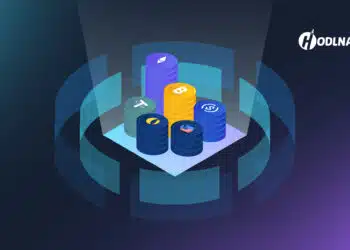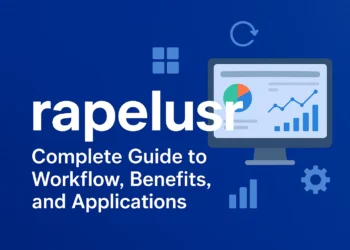In today’s educational landscape, traditional teaching methods are being challenged by technology. Classrooms now incorporate innovative tools, enabling educators to craft engaging and effective learning experiences. Gimkit, a popular tool, has transformed classroom activities into interactive learning experiences. This blog post will explore the concept of a Gimkit host, its features, benefits, and how it has revolutionized classroom activities.
What is Gimkit?
Understanding Gimkit is crucial before diving into the role of a Gimkit host. Developed by a high school student, Gimkit is an educational game platform that resembles familiar trivia and quiz-based learning styles. It allows teachers to create online quizzes and games for students to play in real-time, either solo or in teams.
The platform aims to enhance student engagement by combining gameplay with academic content. Students earn in-game currency by answering questions correctly. This currency can be used to purchase power-ups, increasing their chances of winning. This gamified approach motivates learners by rewarding their efforts.
The Role of a Gimkit Host
The term “Gimkit host” refers to the teacher or individual who manages a Gimkit game session. The host is crucial in ensuring the game runs smoothly, creating a fun and interactive learning environment. Let’s explore the primary responsibilities and benefits of being a Gimkit host.
Creating Engaging Content
One of the host’s initial responsibilities is to develop exciting and relevant content for the quiz. The content should align with the curriculum and capture students’ interest. Hosts can create new games or use pre-existing quizzes within the Gimkit community.
Setting Up the Game
Once the content is ready, the host sets up the game. This involves choosing game modes like “Classic,” “Team Mode,” or “Match.” Each mode offers different gameplay dynamics, depending on the lesson’s objectives and student preferences. For example, team modes foster collaboration and communication among peers.
Facilitating the Game
After setting up, the host launches the game and shares the unique game code with students. During the session, the host monitors progress, provides assistance, and promotes healthy competition. They encourage students to discuss strategies and share insights, fostering a collaborative learning environment.
Assessing Learning Outcomes
A significant advantage of having a Gimkit host is assessing learning outcomes effectively. After the game, hosts analyze performance data to identify areas where students excelled or need additional support. This real-time feedback allows teachers to adjust their lesson plans, ensuring all learners’ educational needs are met.
Benefits of Being a Gimkit Host
Becoming a Gimkit host offers numerous benefits to both educators and students. Here are some key advantages:
Enhanced Engagement
Gamified learning experiences significantly enhance student engagement. As a Gimkit host, educators can transform review sessions into exciting challenges. The competitive element encourages active participation, leading to better retention and understanding of the material.
Encouraging Collaboration
Team-based game modes encourage students to collaborate and communicate effectively. They discuss answers, share ideas, and strategize, building important social and interpersonal skills. This approach mirrors real-world scenarios where teamwork is essential.
Customizable Learning Experiences
A Gimkit host can customize quizzes according to their classroom’s specific needs. By creating tailored content, they can address varying learning levels and subject-matter focus. This customization ensures that every student is both challenged and supported, making learning inclusive for all.
Fostering a Growth Mindset
Engagement in Gimkit games instills a value for effort and resilience in students. The gamified setting fosters a growth mindset, urging learners to confront challenges and derive lessons from setbacks. Hosts can underscore the significance of perseverance, teamwork, and ongoing enhancement.
Best Practices for Hosting a Gimkit Game
To optimize the benefits of hosting a Gimkit game, adherence to certain best practices is crucial:
- Know Your Students: Familiarize yourself with the interests, capabilities, and vulnerabilities of your students. Customize your quizzes to align with their educational requirements.
- Choose the Right Game Mode: Opt for game modes that align with your instructional goals, whether promoting teamwork, individual rivalry, or a blend of both.
- Encourage Discussion: Cultivate a dialogue-rich environment during the game. Permit students to articulate their rationale behind their responses.
- Provide Timely Feedback: Post-game, deliver prompt feedback. Address incorrect answers and clarify any misunderstandings to solidify the learning experience.
- Mix It Up: Periodically update your Gimkit content with fresh quizzes and subjects. Diverse material sustains student interest.
Conclusion
The role of a Gimkit host has become a pivotal element in contemporary education, blending technology with traditional pedagogical approaches. By crafting an engaging, interactive atmosphere, hosts can boost student motivation, teamwork, and comprehension of the subject matter. As educational landscapes evolve, Gimkit emerges as a pivotal tool for engaging diverse learners and fulfilling the needs of modern classrooms. Embracing the role of a Gimkit host not only enhances the teaching experience but also empowers students to actively engage in their learning through innovative and captivating methods.










